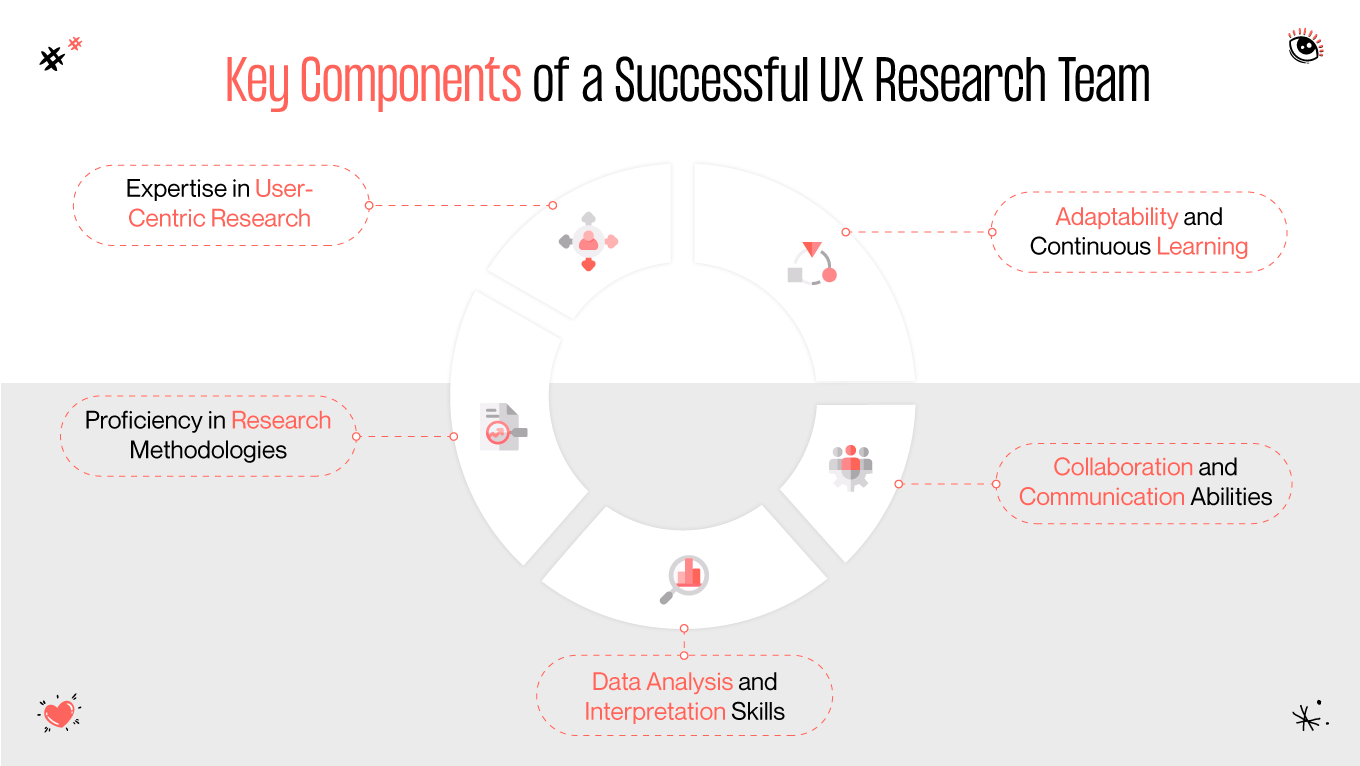Are you tired of launching products that miss the mark? Frustrated by dwindling user engagement? It's time to uncover the secret weapon that can revolutionize your digital offerings: a robust research team. Picture this: you pour countless hours and resources into developing a groundbreaking product, only to watch it fall flat in the hands of users. Can you believe that? We were shocked to find out that a staggering 95% of users abandon apps or websites due to poor design. For amidst this sea of disappointment lies a beacon of hope: a dedicated UX research team.
Imagine users’ frustration as they struggle to navigate a confusing interface or encounter roadblocks at every turn. Their dissatisfaction isn't just a statistic; it's a tangible experience that impacts their perception of your brand. We've all been there, grappling with clunky websites or apps that leave us scratching our heads in bewilderment. However, what if there was a way to turn this frustration into delight? That's where a proficient UX research team comes in, ready to uncover insights that can transform user experiences from mediocre to magnificent.
In this post, we will delve into the pivotal role of a robust UX research team in driving product success. We'll explore how these teams unearth invaluable user insights, identify pain points, and anticipate user needs. Armed with this knowledge, you'll discover how to design products that not only meet but exceed user expectations. From practical advice to real-world case studies, we'll provide actionable strategies to elevate your product development process. Get ready to unlock the full potential of your digital offerings and leave your competitors in the dust. The solution to your product woes awaits, starting with investing in a formidable research team for UX.







